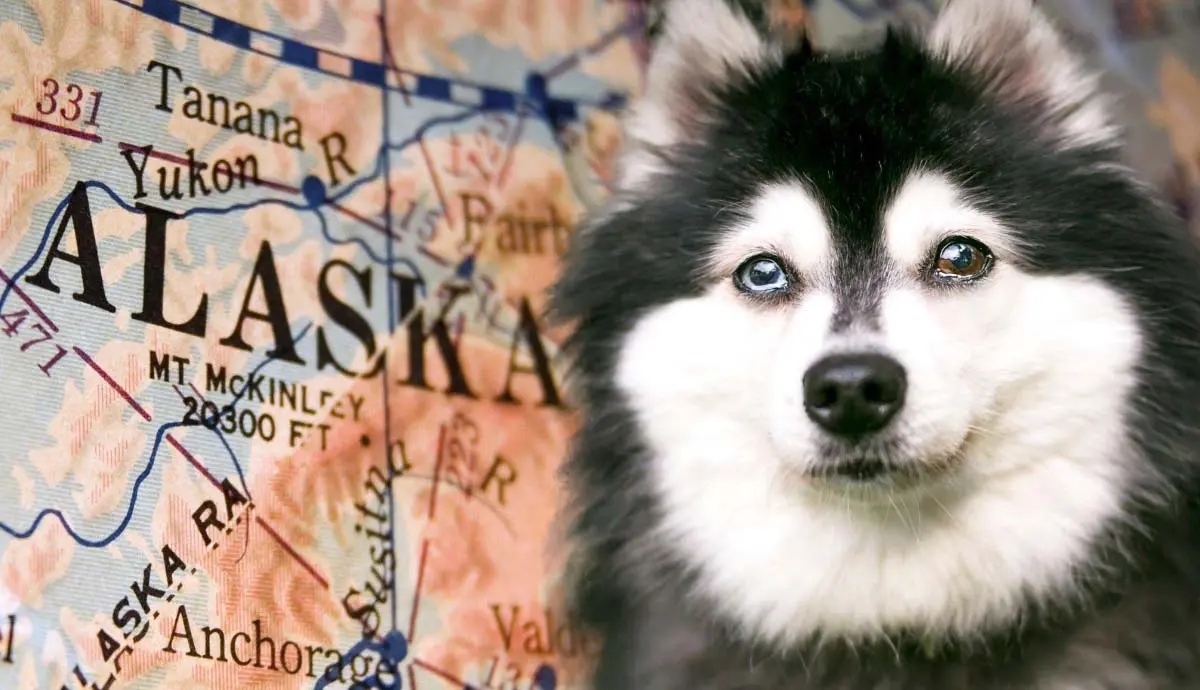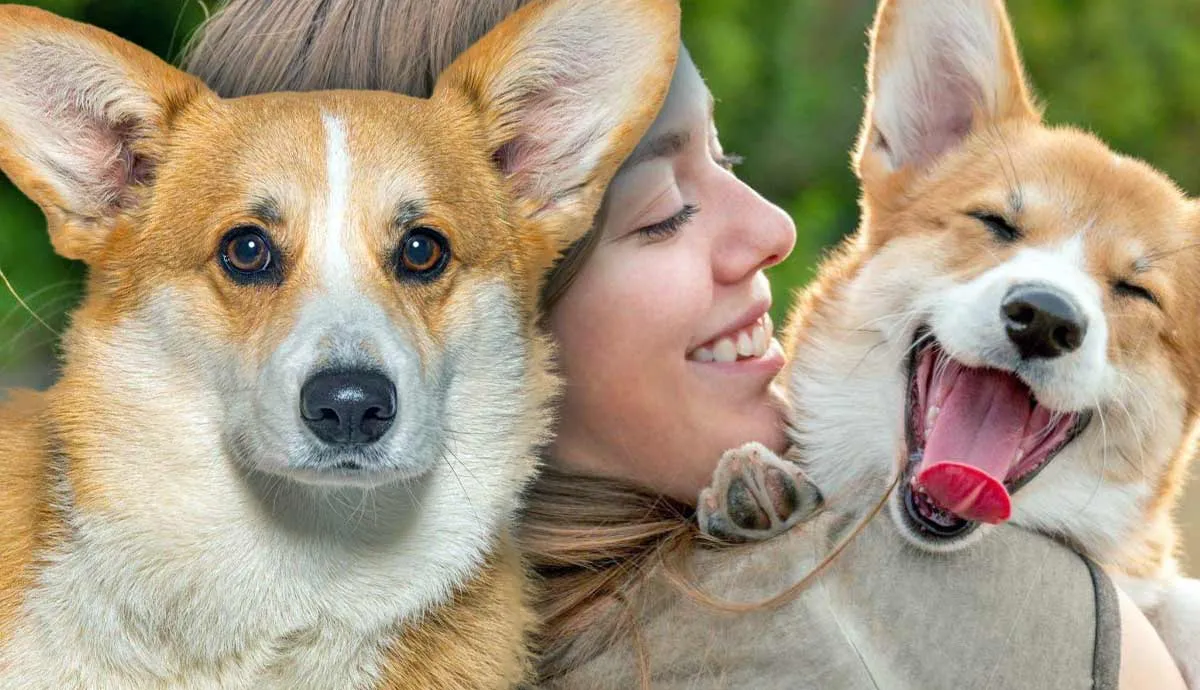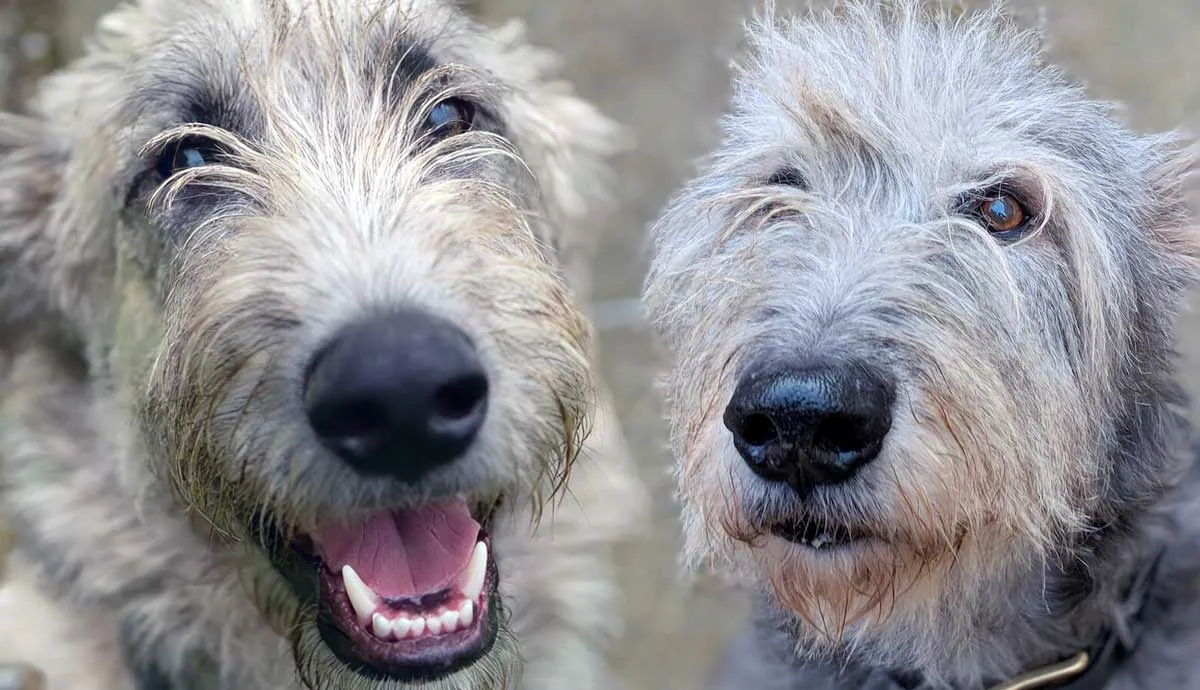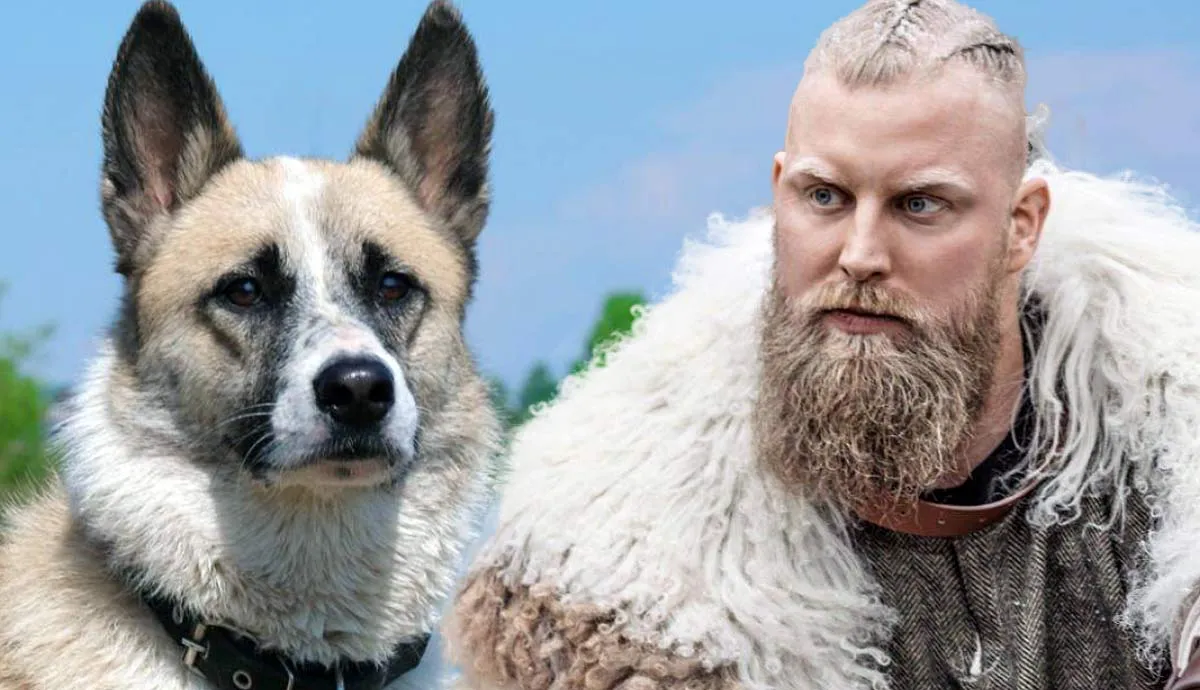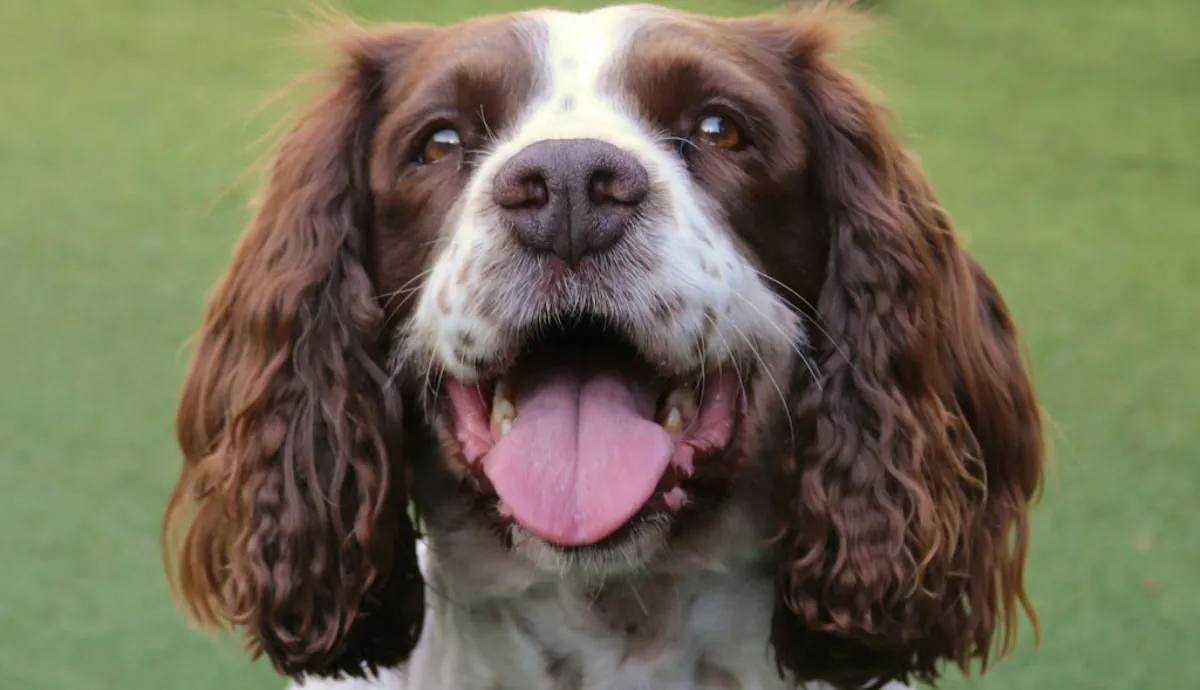If you're looking for a cold-weather pup who fits comfortably in an apartment, the Alaskan Klee Kai might be your pet soulmate. These mini-Husky look-alikes pack a snow dog personality in a petite package. Keep reading for a profile on the Alaskan Klee Kai, including its origin, notable appearance, training levels, and health concerns.
These Pint-Sized Pups Come from Alaska
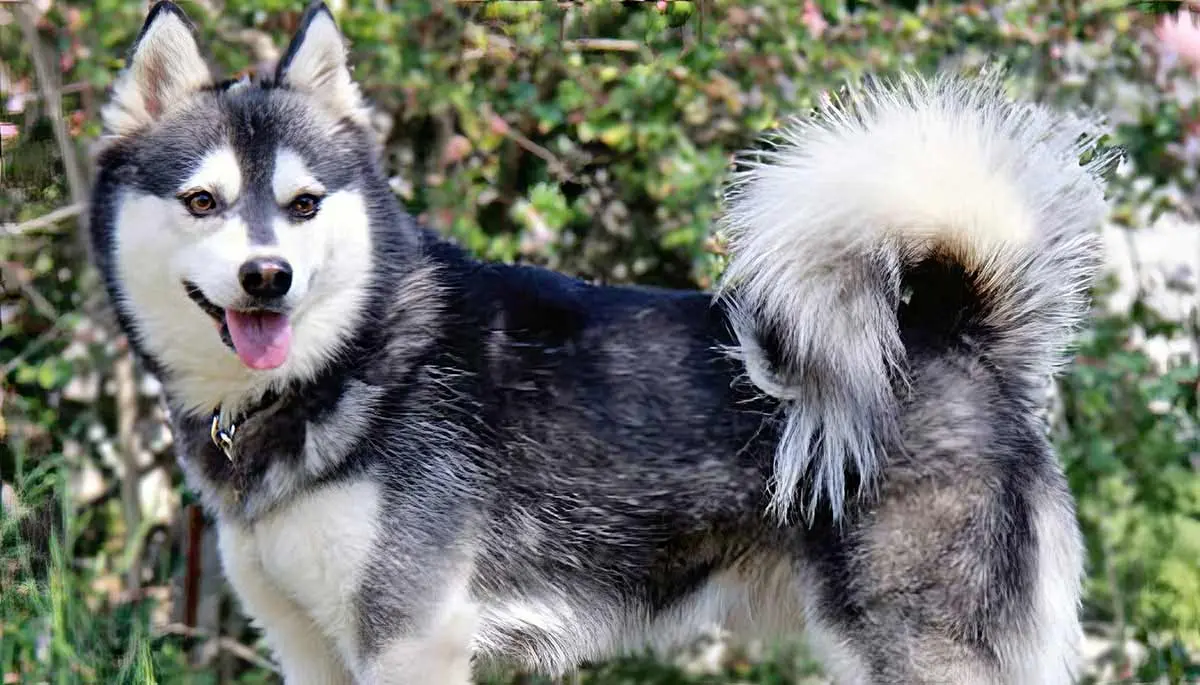
The Alaskan Klee Kai is a newer dog breed with origins in the 1970s. Per the Alaskan Klee Kai Club of America, they were developed by Linda Spurin, a canine enthusiast and breeder, after she met petite Husky and American Eskimo mixed pups at her in-law’s home in Oklahoma. She took one back with her to Alaska and was met with awe from everyone who saw her miniature Husky. After noticing her dog’s popularity, Spurin was set on breeding a pocket-sized dog that could live in smaller spaces but kept the signature appearance of its larger relative, the Alaskan Husky.
She combined Alaskan Husky, Siberian Husky, and American Eskimo Dog varieties until she found her ideal mix of size, temperament, and appearance. Soon after, the Alaskan Klee Kai breed standard was solidified, and Alaska claimed another amazing animal.
Where Does This Dog’s Name Come From?

These canines were first known simply as the Klee Kai. These are Athabaskan words from an indigenous Alaskan (Eskimo) language and translate to little dog. To show where they were developed, the name was changed to Alaskan Klee Kai. Surprisingly, the singular and plural form of the breed’s name is spelled the same way. When speaking about a pack of these dogs, you would say Alaskan Klee Kai without adding an “s” at the end.
Today, their origin is better known, and enthusiasts may use the names Klee Kai or AKK.
Alaskan Klee Kai Look Like Mini Huskies
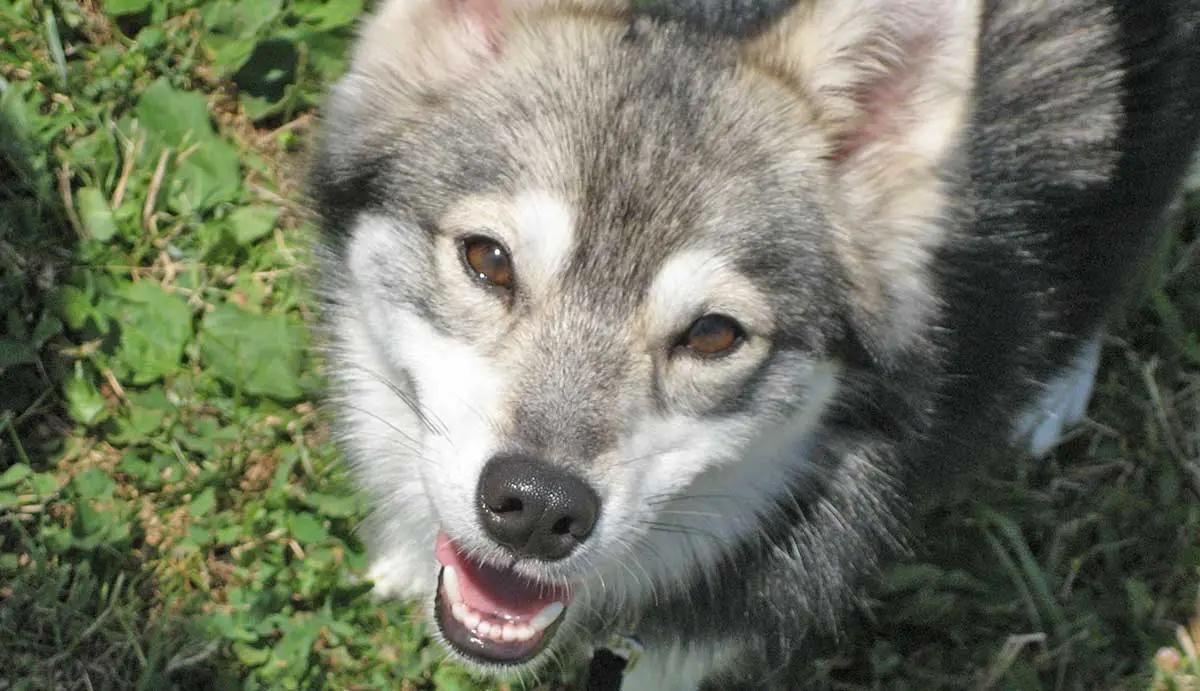
This breed’s Husky-like appearance falls into the Spitz dog group, a selection of canines known for their fluffy, thick, double coats and wolfish looks. It also means Alaskan Klee Kai have pointed ears, narrow muzzles, curly tails, and stocky bodies. Common coat colors are black and white, gray and white, or red and white. Alaskan Klee Kai also tend to have white “eyebrows” and symmetrical facial markings. Because of their Husky blood, they can be born with heterochromia—that’s two different-colored eyes.
They are compact canines that measure and weigh half as much as the larger breeds they originate from. An adult Alaskan Klee Kai will stand 15 to 17 inches tall and weigh about 25 lbs. This compares to the Siberian Husky that reaches heights of 20 to 23 inches and weighs between 35 to 60 lbs.
Mini-Mini-Me: Even Smaller Klee Kai
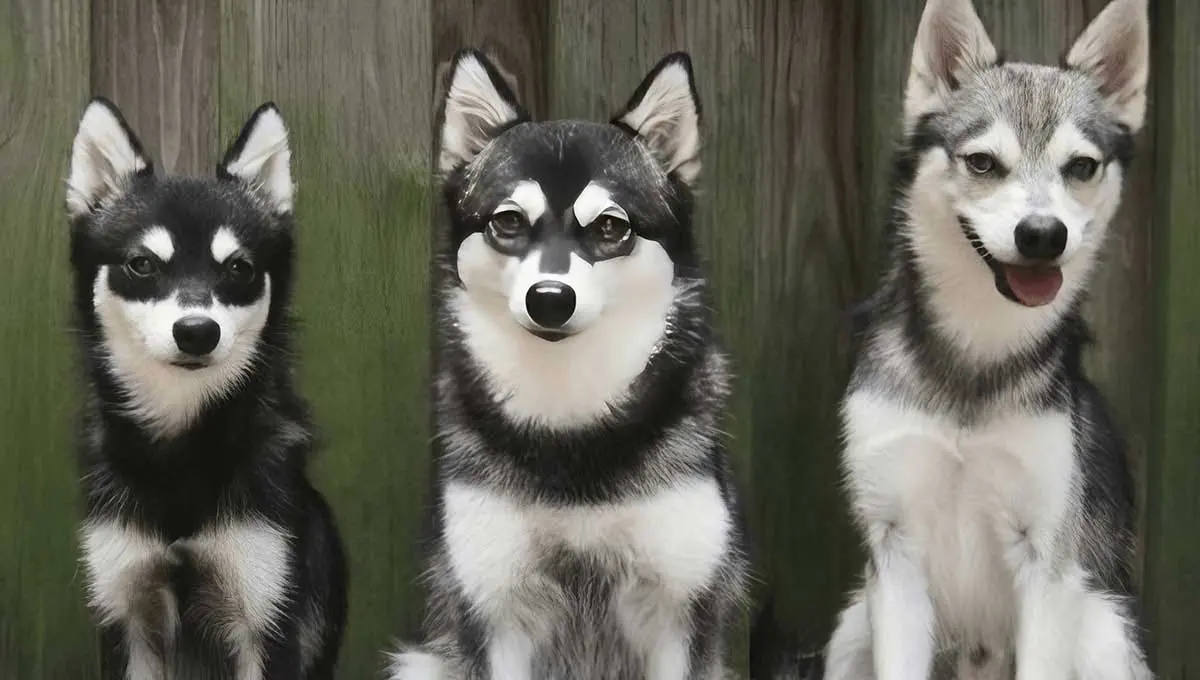
What if you want an even teenier, tinier Husky look-alike? Believe it or not, some breeders specialize in even smaller Alaskan Klee Kai. The miniature variety stands 13 to 15 inches tall and weighs 13 to 18 pounds. Toy Alaskan Klee Kai are the most petite size, measuring less than 13 inches tall and marking the scale between 8 to 14 lbs.
These ultra-mini Huskies are perfect for those who want (or need) an even smaller pet based on their limited living space or yard areas. In addition to requiring less space, other benefits of owning petite pups include being accepted on more apartment leases and being easier to transport. If you are interested in these varieties, remember that the Alaskan Klee Kai is a rare breed, and the mini versions are even rarer.
When looking to bring one of these little guys home, do your research and only conduct business with ethical dog breeders. Dogs bred from puppy mills commonly have health problems and other issues.
Alaskan Klee Kai Behavior: What to Know

Alaskan Klee Kai are described as loyal, intelligent, and vigilant by the American Kennel Club. They are moderately affectionate with family members, good with children, and great with other dogs. However, Alaskan Klee Kai can show territorial behavior, especially with unknown smaller pups. Owners must be cautious when introducing them to other dogs and pay attention to aggressive actions, such as growling and raised neck or back fur.
Overall, this breed is playful and energetic, and needs mental stimulation to get their zoomies out. Although they get along with their close family, they take on a more reserved watchdog role when surrounded by strangers. In addition, these mini-Huskies are considered average barkers that are trainable and adaptable to changes in routine and environment.
Alaskan Klee Kai Need Sufficient Exercise
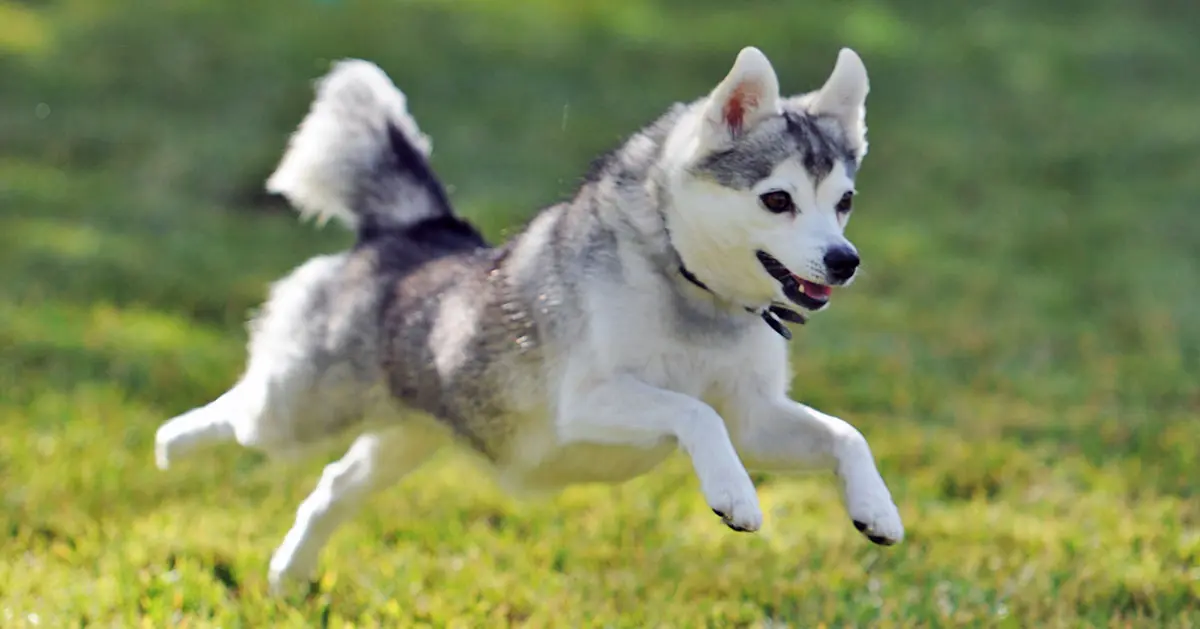
Alaskan Klee Kai are born for the outdoors. Their medium to high-energy drives make them great companions for hiking, camping, climbing, swimming, and other physical activities in nature. Because of their curious nature, it is best to keep your dog on a leash when exploring the outdoors, and keep them within a fenced yard at home. Doing so will help better control their sneaky habits and monitor any of their prey-drive instincts to chase smaller animals.
On a typical day, Alaskan Klee Kai are satisfied with daily walks and interactive games, like fetch, to keep their bodies and minds engaged.
Alaskan Klee Kai Need Training
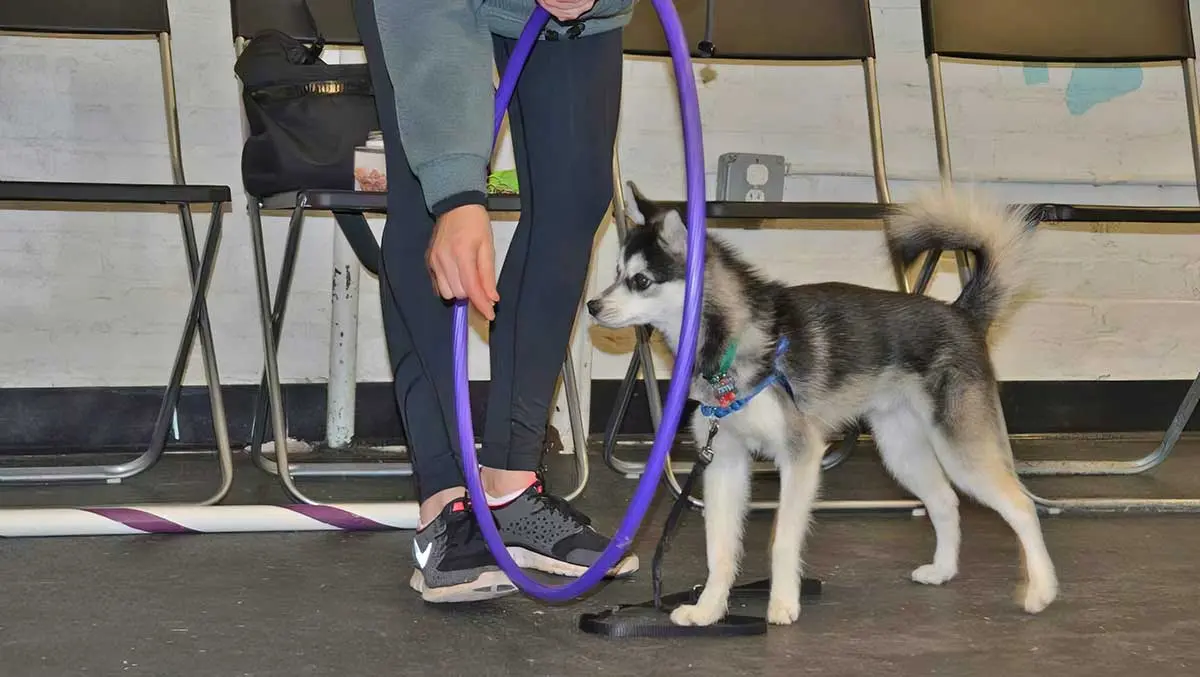
Don’t be discouraged by this breed’s independent personality and slightly stubborn attitude during training sessions. Alaskan Klee Kai are energetic learners and can excel in a variety of roles and skills. They are excellent performers in agility, racing, and obedience tasks. Train them to jump through hoops, reach top speeds, or obey your commands. Tap into their ancestral roots by training them in weight pull and carting, where they drag carts that attach to their harness.
Alaskan Klee Kai is also a special breed that can learn to help their human companions. They can become certified service animals and help navigate the world for people with disabilities. They also bring joy and affection to others as therapy dogs for patients in hospitals or hospice care.
Alaskan Klee Kai Require Grooming

While they are half the size of standard Huskies, you can’t get away with half the grooming. Their thick, double coat needs weekly brushings and will require even more attention when it sheds twice a year. Aside from their biannual sheds, they have a low-maintenance grooming routine. Alaskan Klee Kai doesn’t have the dog smell associated with most pets and only needs a bath a few times a year.
Because their fur repels dirt naturally, they don’t need as many showers as other breeds after spending time outdoors. For a quick clean-up between washes, they can be brushed or blow-dried on a cool setting to remove any dirt or dust. As with all breeds, include regular teeth brushing, ear cleaning, and nail clipping for great hygiene.
What Nutrition Klee Kai Need
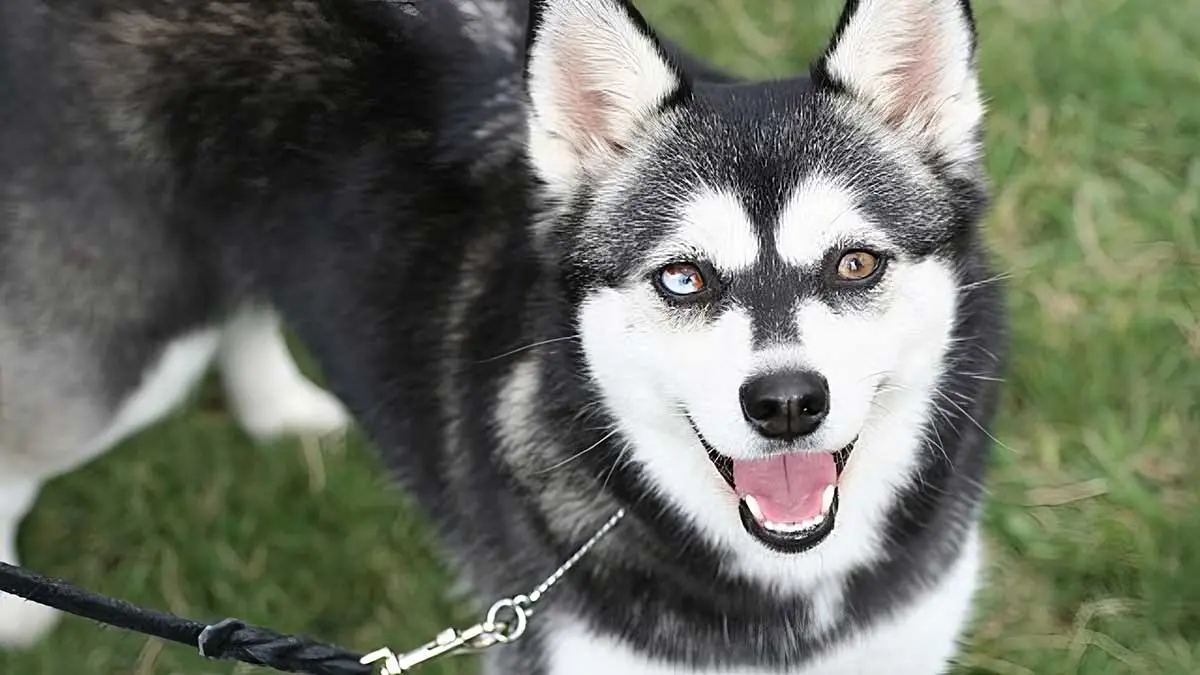
After a long day of training or hiking, an Alaskan Klee Kai will be asking for dinner. They need high-quality dog food rich in animal-based protein and made without fillers like cornmeal (rice and oats are okay). Kibble or raw food with chicken, eggs, duck, salmon, and turkey are good options. Just like their owners, these pups need a daily dose of fruits and veggies. Some of the healthiest foods for dogs are carrots, pumpkins, sweet potatoes, berries, and kale. These should make up about 20% of their diet.
Treats must also be given in moderation to avoid overeating. Alaskan Klee Kai can become overweight if their meals and treats exceed the recommendations for their size, age, and activity levels.
Health Concerns With the Klee Kai

Fortunately, Alaskan Klee Kai are healthy dogs with few physical concerns. Much like when breeders select dogs based on the desired appearance, they will also choose pups that are less likely to pass on common, undesirable health concerns. This increases the chances of producing a litter with fewer vet visits and bills.
Although they are in good health, the Alaskan Klee Kai Club of America suggests taking your dog for regular cardiac, thyroid, and patella evaluations. Cardiac exams can catch any signs of heart murmurs associated with congenital heart disease. Thyroid evaluations are meant to screen for hypothyroidism, a condition when the thyroid gland cannot regulate metabolism and increases the likelihood of obesity. Patella exams can determine cases when the patella (knee) becomes dislocated, also known as patellar luxation.
Alaskan Klee Kai Breed Recognition
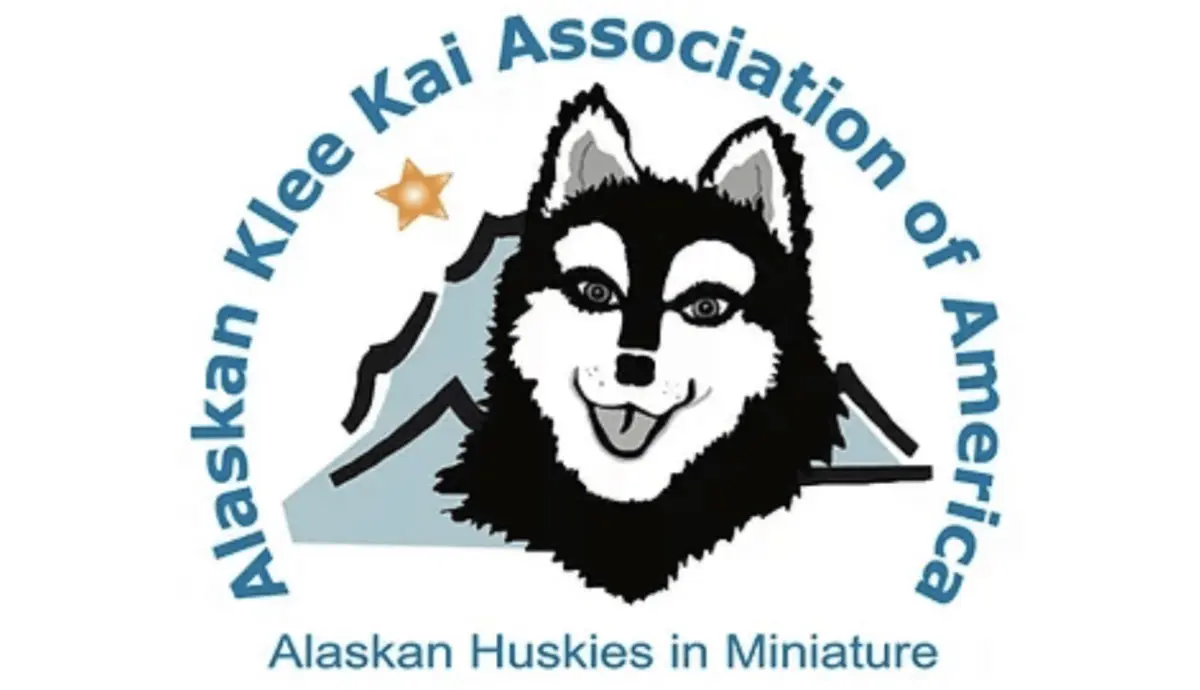
Linda Sprulin co-founded the first Alaskan Klee Kai Association of America in 1988, along with Eileen Gregory from Colorado, USA. Thanks to their work spreading awareness about their mini-Huskies, the next decade brought recognition from the American Rare Breed Association, the Federation of International Canines, and the United Kennel Club (UKC). The UKC has since taken responsibility for managing the official Alaskan Klee Kai registry within the United States.
In 2020, the American Kennel Club accepted this variety into the Foundation Stock Service (FSS). The breed doesn’t qualify for AKC registration and cannot participate in competitions but can compete in AKC Companion events. Instead, the FSS recognition is an optional record-keeping service for unique breeds that can lead to full AKC recognition.
Other Fun Facts About Amazing Klee Kai
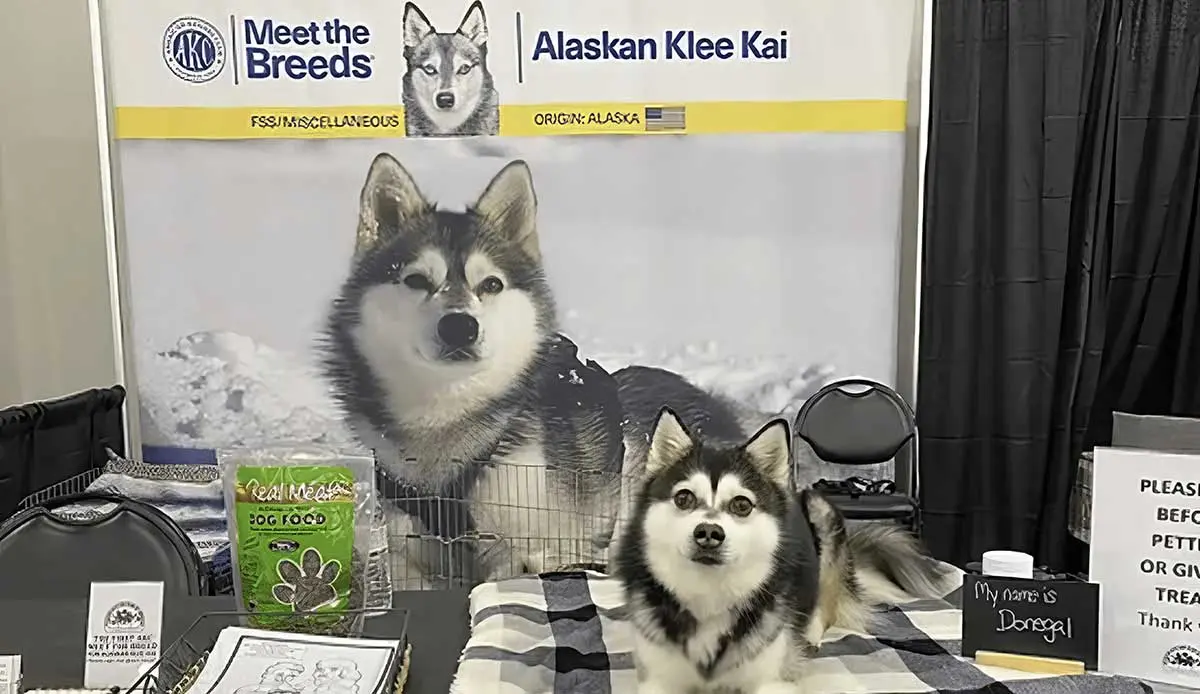
Alaskan Klee Kai are average barkers, but the term “bark” is used loosely. Owners will know that they often “talk” using vocal noises that sound more like howls, yodels, chirps, and grumbles. They use these to communicate when they feel territorial, bored, fearful, anxious, or playful. Just like their Husky cousin, the Klee Kai is not exactly a quiet dog breed.
These canines also have international popularity and demand. Magazines around the world, from England to Japan, began featuring them in the late 1990s. An Alaskan Klee Kai pup was born outside of the United States for the first time to a breeder in Nottingham, England. Since then, these mini-Huskies have lived in Hawaii, the Continental United States, and 20 other countries.
Alaskan Klee Kai are energetic, curious, and loyal pet companions with the physical appearance of a Husky and slightly fewer grooming and exercise requirements. They may be a cuddler version of their ancestors, but they love the outdoors and learning agility skills just as much.
